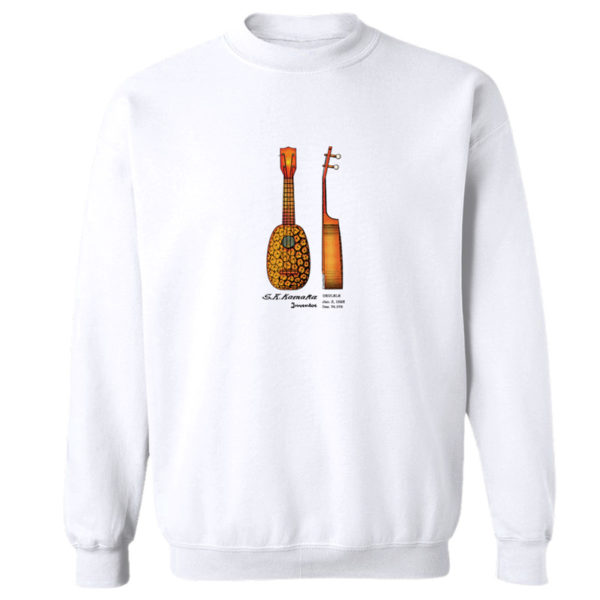The Story
From free-reed instruments in ancient China to pitch pipes strung together by German clockmakers, those forerunners were the earliest building blocks of the harmonica as we know it today.
Our modern harmonica can be traced to 1821, when German clockmaker Christian Buschman first put together fifteen pitch pipes to create a single instrument. Clockmakers continued to produce these novelties on the side, until in 1857 Matthias Hohner began manufacturing them on a large scale in Trossingen, Germany. When Germans emigrated en masse during the late 1800s, the harmonicas they carried spread throughout the world along with them.
By the time the American Civil War had begun, both Union and Confederate soldiers were already playing folk songs, hymns and marches on harmonicas. It is thought that train imitations played utilizing the harmonica’s “blues” note—the bending of a reed to lower its pitch by changing pressure—heard as far back as 1870 may have been an early source of the blues harp. By the 1920s, it was a common sound in the American South.
When large numbers of the south’s African American population moved to northern urban centers after World War II, Chicago was especially receptive to the sound of what came to be called the Chicago-style blues harmonica. Created in the 30s by notable blues harpists Little Walter Jacobs, Sonny Boy Williamson, Big Walter Horton, and Rice Miller, the sound was wide-ranging, moody, and alive with eerily-human voices that could go from screeches and howls to whispers and sighs.
In the U.S., rock ‘n’ roll took over from the blues in the mid-fifties, but in Europe a new generation was studiously learning from early African American blues greats. By the late sixties, a blues-based British rock style with artists such as Eric Clapton, Paul Butterfield, and Mick Jagger with the Rolling Stones had popularized the blues again. Other stars such as Bob Dylan, Neil Young and Bruce Springsteen among many others throughout the 60s and 70s further established the harmonica as both a rock and a blues instrument.
Hohner has produced more than forty different models named Marine Band over the years, but the Model 1896—which first appeared in the year 1896 (and was then called Marine Orchestra)—is probably the best known and best selling of all. Hohner’s “high grade lines” were advertised in 1906 as having “raised the mouth organ from the rank of a toy to that of a musical instrument.”
Small, convenient, inexpensive and versatile, the harmonica appeals to people from all walks worldwide. Whether your musical taste favors classical, jazz, blues, Irish, Western Prairie, or rock ‘n roll, you’ll find that somewhere, there is a harmonica that plays it.

















